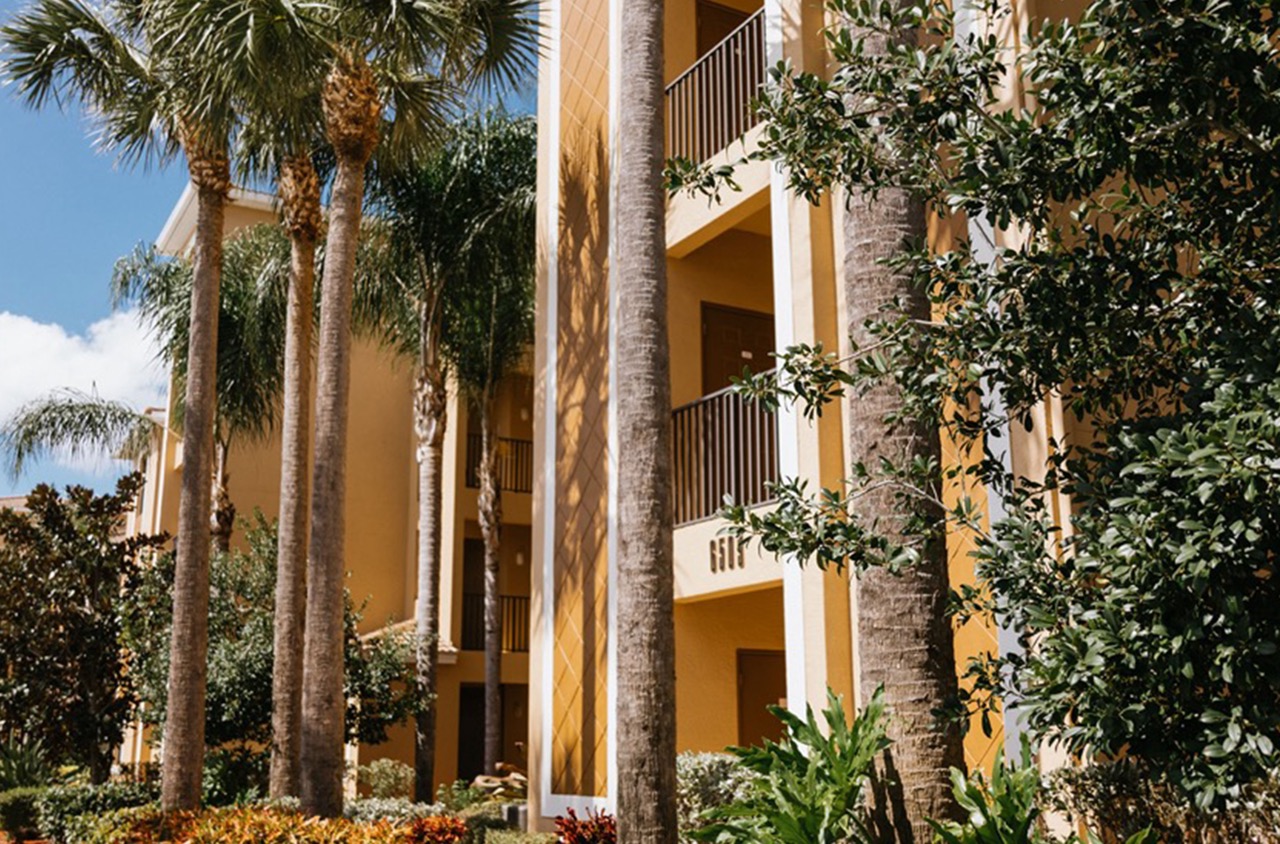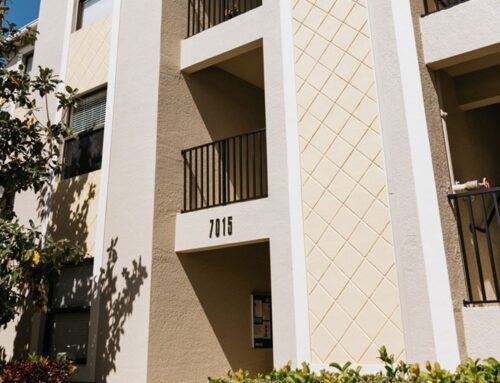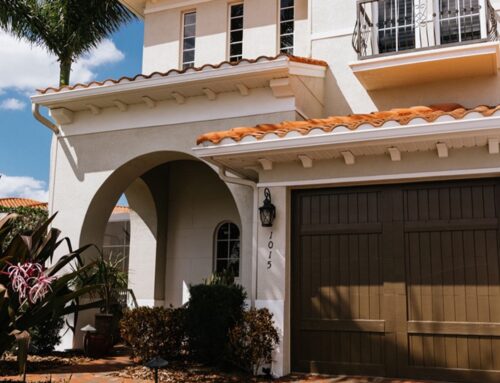Does Florida’s unique climate impact the way your home or business should be painted? When considering the subtropical environment of Sarasota and Manatee Counties, understanding how weather affects paint preparation is crucial. The blend of humidity, intense sunshine, and frequent rainfall common in Florida can create challenges for maintaining a fresh and resilient paint job. Moisture content in the air can lead to longer drying times, while UV exposure can cause fading and deterioration of paint over time. Additionally, surfaces exposed to coastal elements might require different preparation than those further inland. Proper preparation is the first step in ensuring that your paint job withstands these environmental factors. By choosing paints designed for high humidity and UV protection and timing your projects to avoid peak weather disruptions, you can enhance the longevity and appearance of your space. Explore how weather nuances specific to Florida affect paint preparation and ensure your property remains aesthetically pleasing all year round.
The Effect of Humidity and Temperature
In Sarasota and Manatee Counties, the unique climate plays a pivotal role in the painting process. High humidity and fluctuating temperatures can directly impact how paint adheres to surfaces, dries, and ultimately how long it lasts. Understanding these factors can significantly enhance your painting projects, saving both time and resources.
Humidity is a major consideration. Florida’s humid climate means surfaces can often hold moisture, which can affect paint adhesion. If moisture gets trapped beneath freshly applied paint, it can lead to peeling and blistering down the road. To mitigate this, choose paints that are specifically formulated for high humidity environments, such as those with mold inhibitors. It’s also wise to paint during the driest part of the day, often mid-morning, when any dew has dried but humidity hasn’t peaked.
Temperature is another key factor. Ideal painting temperatures range between 50°F and 85°F. Below 50°F, paint may not dry properly or adhere well, leading to a patchy appearance. Conversely, above 85°F, paint can dry too quickly, which may cause cracks. Utilize a thermostat or a simple infrared thermometer to monitor surface temperatures before starting your project. It’s a practical tool to ensure you’re painting within the best temperature ranges.
Keep in mind that shaded areas and surfaces warmed by direct sunlight can vary significantly in temperature. Utilize shading to control the temperature over a surface if possible, or plan your painting to shade-adjusted areas as the day progresses.
Using quality brushes and rollers suited for the type of paint can also make a big difference. Cheaper tools may not handle the weather conditions well, leading to inefficient painting and added layers. The right painting tools can help in achieving a smooth and even coat in a variable climate.
Timing Your Paint Job for Best Results
Understanding when to schedule your painting project can make a significant difference in outcome and longevity. Let’s explore this concept for both residential and commercial spaces in Sarasota and Manatee Counties.
The climate in Sarasota presents unique challenges and opportunities for painting. Florida’s warmer months, typically from May through September, may seem ideal for exterior painting because of the consistent sunlight. However, the intense heat and humidity can affect paint adhesion. Plan to start early in the morning when temperatures are cooler, and aim to finish before the afternoon heat peaks.
Fall and spring bring milder weather, making them excellent seasons for exterior work. The reduced moisture in the air helps paint dry evenly and adhere properly. Consider planning major painting projects during these months to maximize product performance and longevity.
For interior painting, climate concerns are minimal. However, work scheduling becomes important. Whether at home or in a commercial setting, plan painting projects during off-peak times to minimize disruption. This could mean working during school vacations for a residential project or scheduling commercial painting after office hours.
Proper moisture levels in the surface to be painted are crucial. Too much rain can saturate surfaces, making it difficult for paint to adhere. Conversely, a very dry, hot day might dry paint too quickly, leading to cracks. Utilize digital moisture meters to check surface conditions before painting. These tools are a small investment compared to the costs of repainting a poorly adhered coat.
Finally, stay updated on local weather forecasts. A surprise shower can ruin a freshly painted finish. Use reliable weather apps to plan and adjust schedules based on predicted conditions.
Selecting the right time for a painting project not only improves results but also optimizes resource management, minimizes inconvenience, and may even enhance the final aesthetic. Proper timing can be the difference between a flawless finish and a mediocre one.
Protecting Your Paint from Sun and Rain
Sun and rain can be harsh adversaries for exterior paint in Sarasota and Manatee counties. The relentless Florida sun can cause colors to fade, while moisture from rain can lead to peeling and cracking. Here are several strategies to mitigate these effects, ensuring your property maintains its vibrant appearance for longer.
Firstly, the choice of paint is crucial. Opt for high-quality, UV-resistant paint specifically formulated for exterior use. These paints contain additives that reflect UV rays, helping maintain color integrity. For rainy conditions, select paints with water-repellent properties to minimize water absorption and prevent blistering.
Adequate preparation of the surface cannot be overlooked. Before painting, ensure surfaces are clean, dry, and free from any previous paint flaking. Sanding exteriors smooths out rough areas, allowing new paint to adhere better. Priming is equally important, providing an extra layer of protection by sealing the surface, which prevents moisture from seeping through and affecting the bond.
Consider applying a protective clear coat after painting. Clear sealants or topcoats can extend the life of your paint by adding a barrier against UV rays and moisture. They come in matte or glossy finishes, allowing flexibility in achieving your desired look.
Regular maintenance is also key. Periodically inspect your exteriors for any signs of wear and address them promptly. Small touch-ups are easier and more cost-effective than waiting for significant deterioration. Trim trees and bushes away from painted surfaces to reduce moisture retention and potential mold growth.
Another practical measure is installing overhangs or awnings to shield walls and windows from direct sun and rain exposure. While this may involve an initial investment, it contributes significantly to prolonging paint lifespan.
Finally, consider the time of year when planning exterior paint projects. Opt to paint during drier months to allow proper curing and avoid issues associated with high humidity levels that can affect drying time and adhesion.
Next Steps
Understanding the effects of Florida’s weather on paint preparation equips homeowners and business operators in Sarasota and Manatee counties with the tools necessary for a durable, aesthetically pleasing finish. By carefully choosing weather-appropriate materials and timing projects strategically, you can achieve results that stand the test of time, defying the challenges posed by a subtropical climate.
Embracing these best practices will safeguard your investment, ensuring both longevity and beauty. If you’re ready to protect and enhance your space, consider a consultation with A Step Above Painting. We offer expert advice tailored to Florida’s unique climate and are committed to delivering quality results. Contact us today for a free quote or consultation, and let our seasoned professionals handle the intricacies of your painting project, allowing you to focus on enjoying your beautifully refreshed surroundings.





